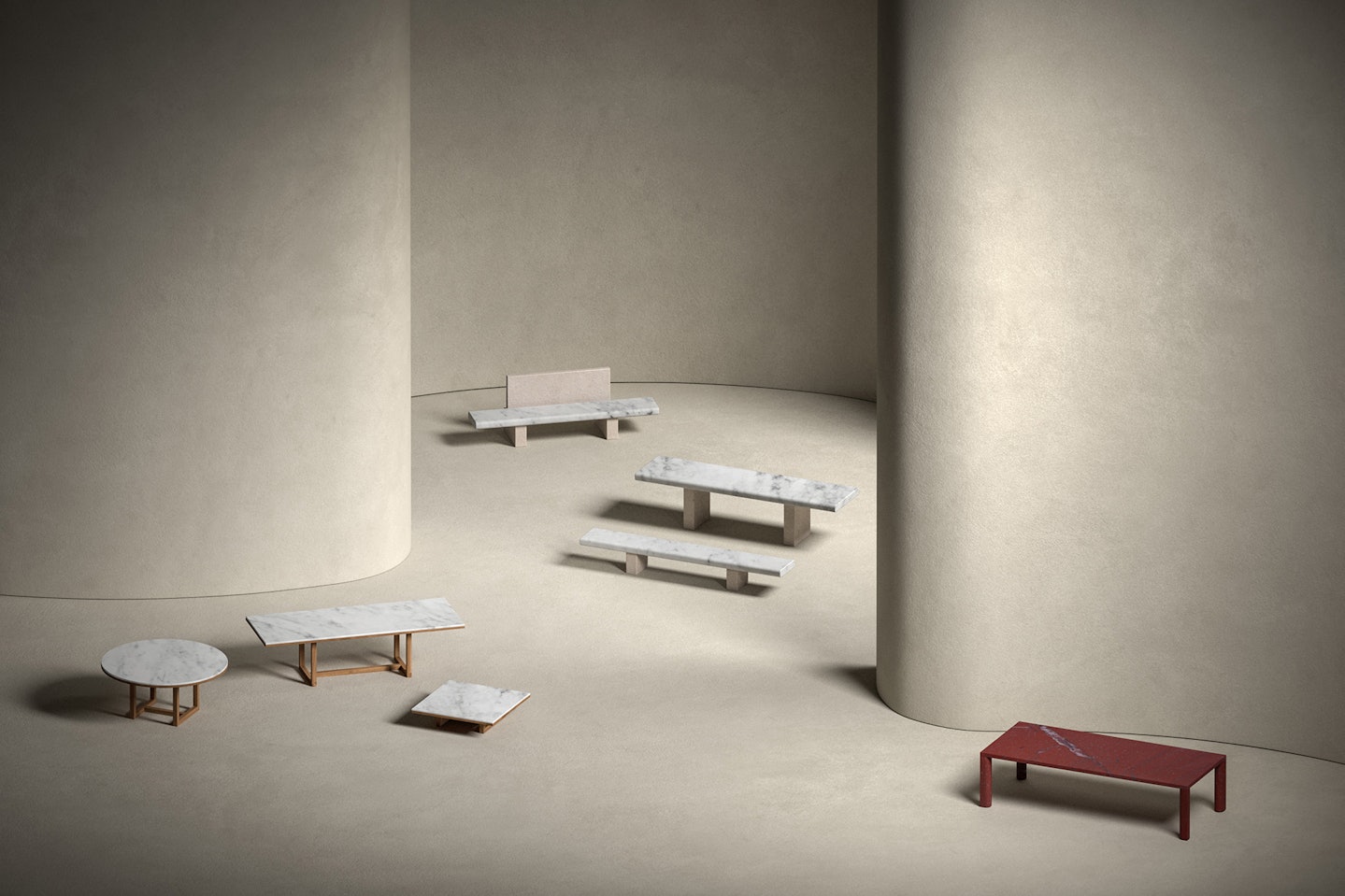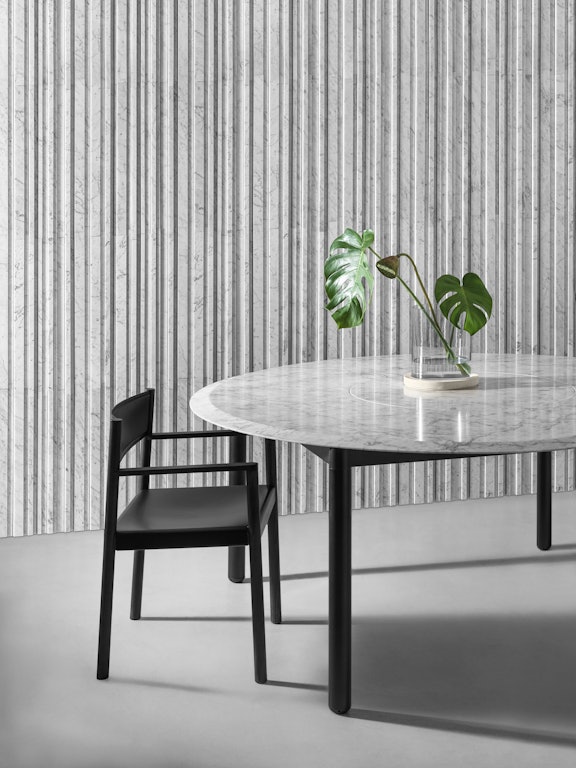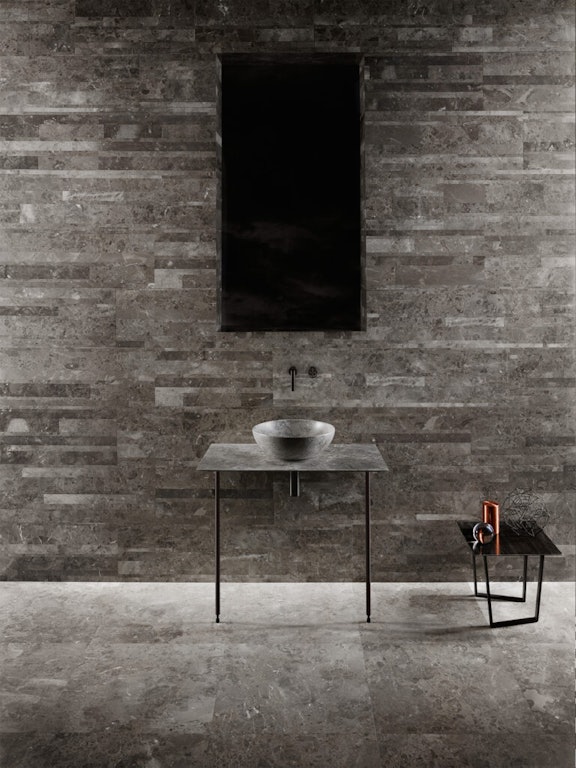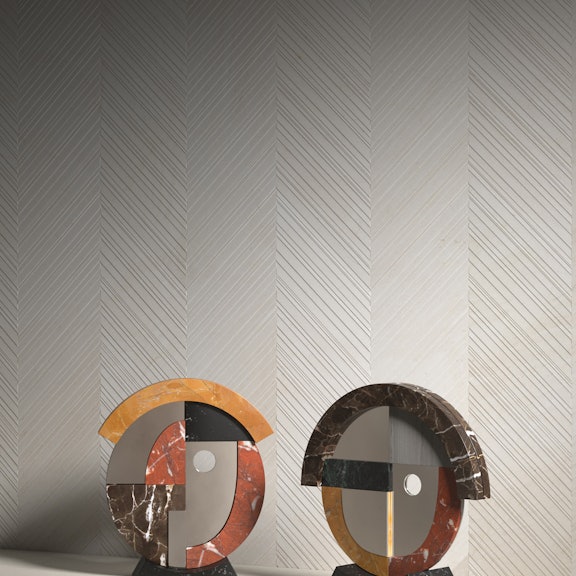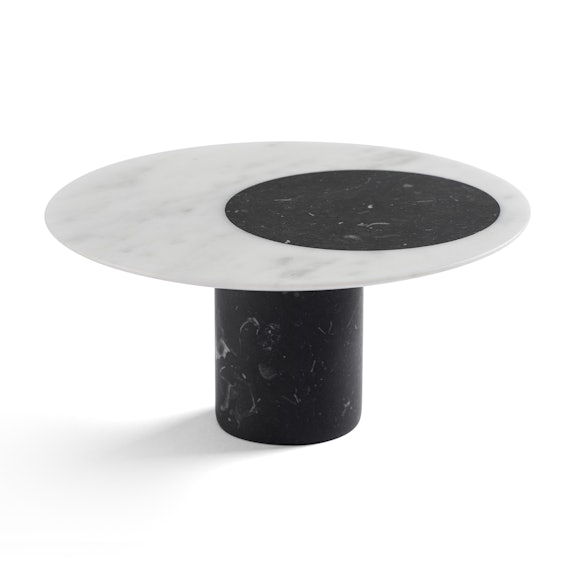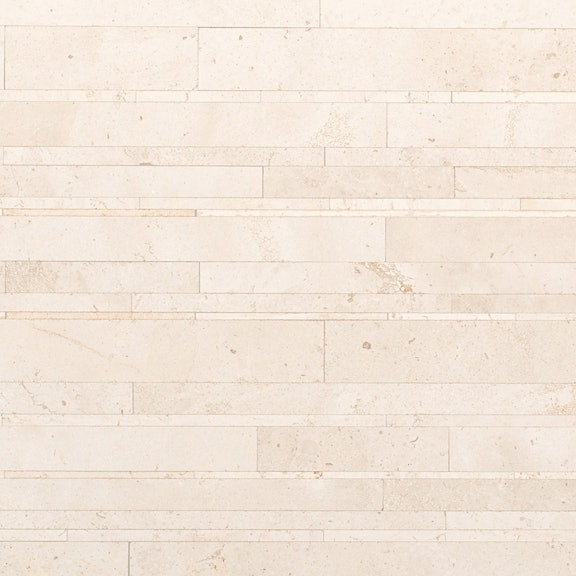How to recognise sustainable design
10.2023
A designer object can only truly be considered sustainable when it is created by our planet and is destined to last
How to recognise sustainable design
Sustainable design is very much a fashionable theme these days, but what does it really mean? The concept of sustainability is all around us, with the word itself at risk of losing any real meaning, but when used in the context of design, does it actually make sense? Can design truly be sustainable, and if so, what does that look like?
The answer is that yes, sustainable design does exist and it is firmly linked to two key principles: circularity and longevity. To these two, we could add ethics and attention to aspects such as production processes and packaging. These are all elements that we believe are integral to safeguarding our planet and as such we are committed to integrating them into our approach to design.
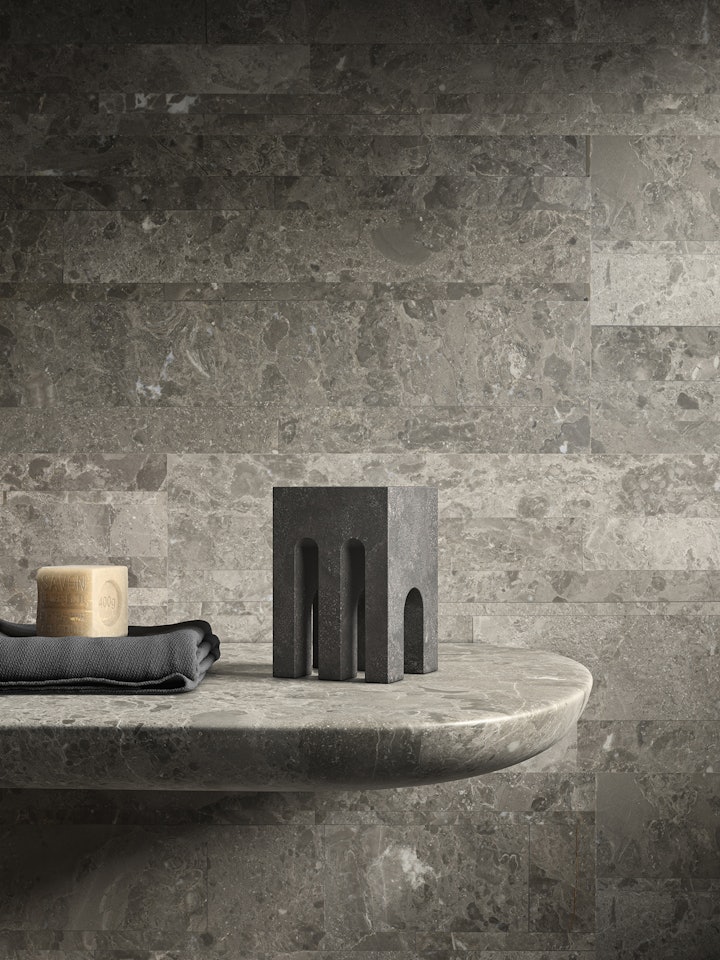
How to recognise authentic sustainable design
Sustainable design comes down to two key components, both based on the material used:
- The type of material
- The material’s circularity
If the core material has natural origins, it needs no industrial process to create it, but simply to give it a form. As a simple example, we can take a stone tile. The stone itself exists and all we as humankind must do is cut it. Eco-design is very much about using the materials that already exist in nature, so it’s up to all of us to choose to use it rather than manufacture an artificial material from scratch.
By circularity we mean the capacity to find new ways to use a material rather than simply discarding it. A happy byproduct of this approach is that the energy which would be consumed to dispose of such offcuts is not required, resulting in a reduction in air pollution.
This is the challenge of designers today. They need to find ways to give materials and objects a second life, transforming them into something new. The Japanese call this Wabi-Sabi and describe it as the idea that everything can be reborn and exist beyond its first life.
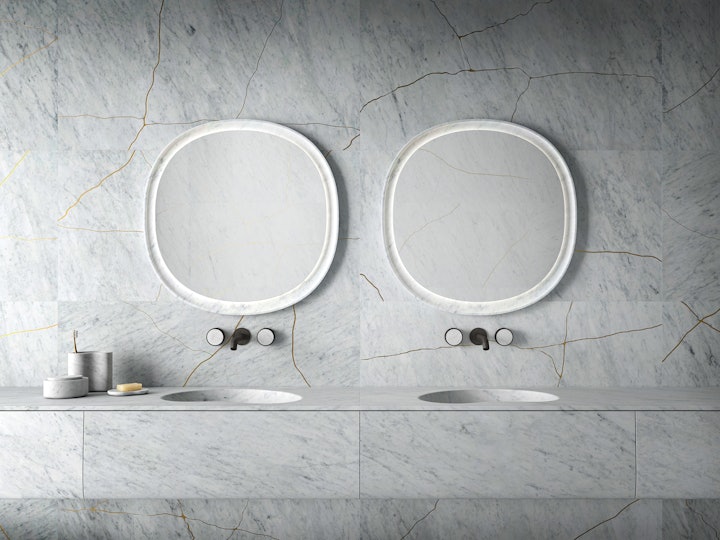
The perfect example of this is the Lost Stones collection, designed by Piero Lissoni and Gabriele Salvatori. Broken or damaged slabs of abandoned stone are repurposed through the ancient Japanese art of Kintsugi. Traditionally used for ceramics and porcelain, we have adapted it and applied it to natural stone, repairing each piece with seams of a golden-coloured resin.
Gabriele Salvatori explains a little about Lost Stones: “We went looking for stone in every conceivable scrapyard, warehouse and factory and found some incredible treasures. For example, the very same marble used by Mies Van der Rohe for the Barcelona Pavilion, some blocks of the stone used for Notre Dame cathedral and even a couple of slabs from St Peter’s Basilica in Rome dating back to the 16th century.”
More than a pragmatic, functional material, these stones are considered a form of “poetry” that merits being preserved and shared. The results can be seen in stunning tiles that bring a truly unique story to walls and floors whilst at the same time respecting Earth’s precious resources.
.jpg?fp-x=0.5&fp-y=0.5&auto=format&w=720&h=942&fm=jpeg&q=70&fit=crop)
A material that is circular fosters sustainable design
Creating objects from natural materials is important in terms of sustainability but is just one step in a long road. At Salvatori we believe we should not only respect what Nature gives us, but that we should also try to give something back, and in terms of natural stone, we try to do this through a circular approach.
This has led to developing a number of products made from offcuts, including the award-winning Lithoverde® and Romboo.
Lithoverde® was the first recycled stone texture in the world. 99% made up of discarded stone, with the final 1% being a natural soy-based binding resin, it is the result of six years of experimentation that began back in 2004. In 2010, it obtained the highest possible points on the Green Building Council’s LEED rating scale, attesting to its sustainable credentials for use in building.
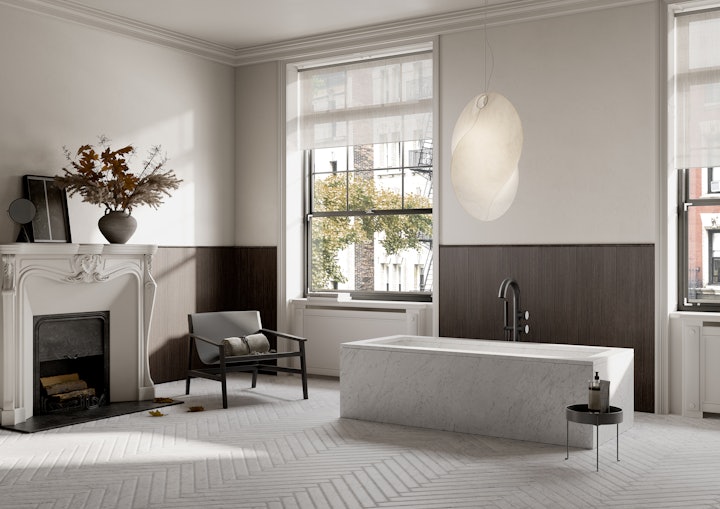
Durable materials are key to sustainable design
How do you create an eco-friendly interior design scheme? Above all, through the choices you make, including understanding the way different brands address sustainability. Doing a little research into their processes and the materials they use is vital if you are committed to contributing to a more ethical architectural and design approach. For example, artificial materials make obtaining “zero impact” status all the more challenging.
Other than circularity, another fundamental aspect of sustainable design is the longevity of a material. How long will it last? A decade, 20 years, a century? If an object will need to be discarded because it simply doesn’t last the distance, meaning it will need to be replaced with another, it cannot be considered sustainable. This is not only because it is thrown away, but we also need to take into account the potentially polluting gas that will be used to produce and transport the replacement item. A designer product that has an infinite life span, however, ticks the eco-friendly box because over time, the electricity or gas used to produce and transport it will be amortised.
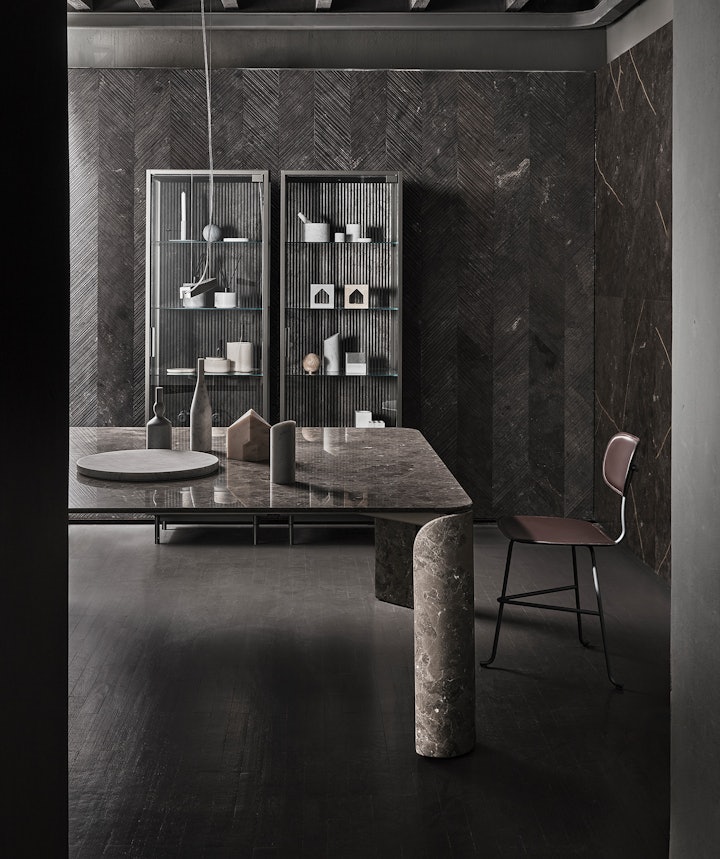
Salvatori’s commitment to eco-friendly production and packaging
There are many ways companies can contribute to sustainable design, and given that at Salvatori we predominantly work with stone, a natural resource, we have long been aware of the responsibility this entails. As such, we have embraced the idea of finding ways to safeguard the environment, and Gabriele Salvatori has long been an ardent champion of reducing waste from every possible activity, from production to packaging.
To be truly sustainable today means looking at the entire production and distribution cycle through a green lens and eliminating every possible threat to the environment. This is not always easy, because certain processes are out of a company’s control. An example of this is packaging, particularly when it comes to fragile products. Polystyrene is essential to protect stone during transport, but it is not always recycled correctly.
This is something that doesn’t sit well with us, and so we are working towards eliminating it from our packaging. At present, over 40% of our products are packed in recycled cardboard or paper and we have embarked on a project with the Pisa Normale Institute to develop edible packaging. The idea behind it is to produce packaging that contains no chemicals, but is made only from elements that exist in Nature. Just like the stone we use every day to create beautiful Made in Italy objects that exemplify the best of sustainable design.
“With our collections, we want to restore dignity to every single fragment of raw material by adopting a parsimonious approach and highlighting the idea that “top grade” and “second grade” materials don’t exist. Instead, it’s up to us to be smart and use each element that nature provides in the best way possible.” - Gabriele Salvatori
